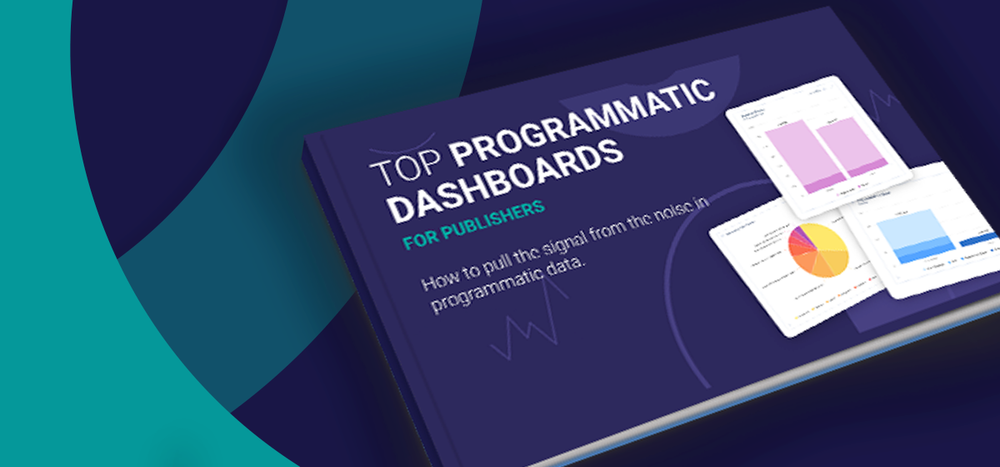As we discussed in our previous data-connection blog post, a direct order management system (OMS) integration, connecting your OMS and ad server data, delivers powerful benefits.
It's essential to consider both contract data and reports coming out of your ad server for optimization. Closely analyzing these types of data and reports deliver comprehensive context, which gives you the full picture of your digital advertising. This is how the most well-informed and impactful operational decisions are made. Furthermore, since you’ll be getting the whole picture, that means there’s relevant details that transcend your department, connecting your entire organization. You can implement the data-connection process immediately to get the deep insights needed to track pacing, discrepancies, and much more.
Manually Linking OMS and Ad Server Data
At the core of the manual process, ad operations (ad ops) teams essentially link their OMS and ad server data by hand. This is almost always executed with spreadsheets. This method is far superior to having no connection at all, since it will eventually allow you to compare the two data sources and gain meaningful campaign insights.
However, this manual method requires copying and pasting values into spreadsheets. You’ll glean meaningful details from this process, but it’s cumbersome, time intensive, and inefficient. Plus, the sheer volume of values you need to copy and paste suggest that an eventual error will be made. Don’t feel bad—it simply means you’re human. But one error can create a domino effect and cause other data to be inaccurate. Automating your data connections will grant the same insights, faster and more accurately.
Manually linking your OMS and ad server data means you’re spending more time collecting and organizing than analyzing your data. The actual analysis is how the actionable advertising observations, gold nuggets, are always found. Would you rather spend 95 percent of your time manually entering data into spreadsheets and only five percent analyzing? Or would you rather spend the time it takes to click a few buttons (approximately .0000000001 percent) to aggregate your data, and then have as much time as you want to analyze?
You Must Understand Your OMS-Ad Server Connection
In order to unify your OMS and ad server data sets manually, you need to understand how they’re connected. You’re obviously intelligent and talented, otherwise you wouldn’t have qualified for an ad ops job. Chances are though, you don’t specialize in OMS technology since it’s a very focused niche.
What makes things more difficult is that not all platforms and servers are built the same. For technology purveyors to remain competitive, they integrate features that distinguish them from the crowd. Even seemingly insignificant differences can prevent your established processes from successfully carrying over. For example, the same ad server could be connected to in a variety of ways by different platforms and data sources. Just because you know one, doesn’t mean you know them all.
Doing it all manually means you’re constantly playing catch-up, learning how to use technologies and make sense of connections, instead of spending your precious time analyzing insights to make well-informed campaign-optimization decisions.
OMS Technology Varies Significantly
For many OMSs, the connection between the OMS to the ad server is convoluted and unclear. One of the few remedies is to have someone manually manage—monitor, collect, and organize—all metrics coming out of the OMS and ad server. This requires a dedicated OMS-ad server manager, someone held accountable at all times to keep this process alive.
What’s better than a purely manual connection is an OMS that automatically pushes to the ad server and creates line items. This helps illustrate where and how your data is connected. Therefore, it helps to work with systems that have a clear establishment of how to tie ad server data to your OMS, whether it’s controlled through a process or an automated link.
A direct OMS integration is by far the superior method.
You Need the Whole Picture Faster
With visibility of your campaigns, you’ll have access to deeper and more accurate insights, allowing you to optimize your operations. Manually connecting your OMS and ad server data will eventually grant campaign visibility, the whole picture. But in one of the most competitive industries, those who optimize the fastest and most frequently attain the keys to the kingdom.
Ready to optimize now? Contact your account manager for immediate assistance.






